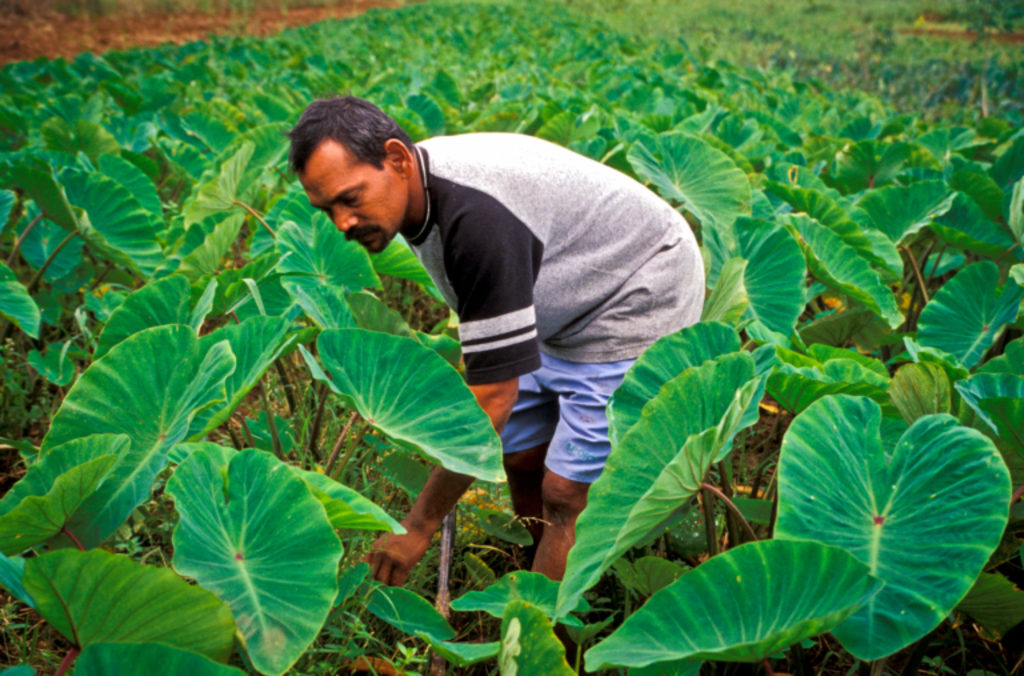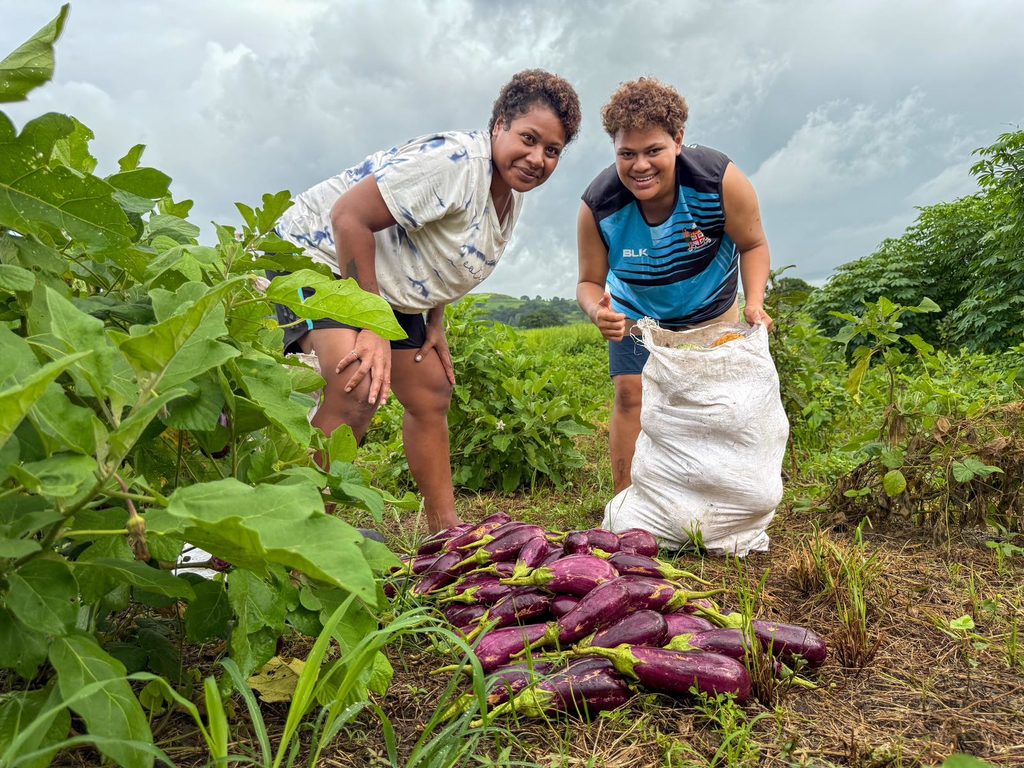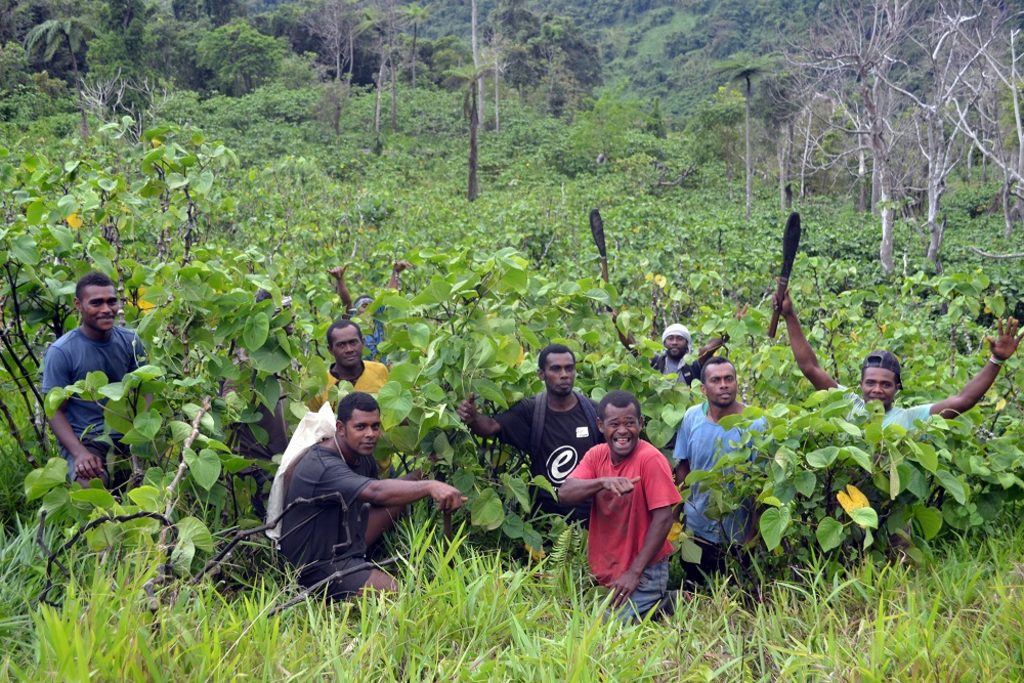As Fiji charts its economic course for the next decade, agriculture has re-emerged as a sector of vital strategic importance. Long considered the bedrock of rural livelihoods and national food security, agriculture, and in particular, the non-sugar sub-sector, is now under the spotlight with the launch of the Ministry of Agriculture’s Non-Sugar Agriculture Sector Policy 2025–2035.
Accounting for 7 per cent of GDP in 2023, non-sugar agriculture continues to provide for Fijian tables, generate export earnings, and support the livelihoods of approximately one-third of the population.
Key commodities such as yaqona, taro, cassava, poultry, and beef remain the top contributors, with kava and root crops leading the export charge. But as the policy’s ‘situation analysis reveals, beneath this modest progress lies a series of complex structural and socio-economic challenges that could derail growth if left unaddressed.
Structural strains
The COVID-19 pandemic briefly boosted non-sugar agriculture’s share of GDP, peaking at 8.2 per cent in 2021, as displaced workers turned to farming when tourism ground to a halt.
However, the gains were short-lived. As the tourism sector rebounded, agriculture’s share slipped back to 7.0 per cent in 2022 and 2023.
The sector now faces a potential reversal of labour gains unless productivity and value-added production are ramped up.
Fiji still a food importer
Despite strong export performances in crops like kava, taro, and turmeric, Fiji continues to import far more food than it exports.
In 2023 alone, agricultural exports totalled $343.4 million, dwarfed by imports which reached $1.1 billion.
Fresh and chilled produce, the cornerstone of Fiji’s exports, contributed $144.7 million, yet imports in this same category reached $539.4 million.
The gap has grown wider due to the post-pandemic tourism boom, which has increased demand for food imports.
Interestingly, many of the top imported items which include rice, chicken, beef, milk, onions, and even kava, are products that can be, and in some cases already are, grown locally.
The potential for import substitution is clear, but persistent issues of supply inconsistency, poor quality, and gaps in food safety standards continue to limit the domestic market’s ability to meet demand.
Untapped agricultural link to tourism
The International Finance Corporation’s (IFC) 2018 study From the Farm to the Tourist’s Table remains a pivotal document in understanding this disconnection.
It highlights how poor coordination between farmers and the tourism industry, alongside inconsistent supply and quality, has forced hotels and resorts to look offshore.
With tourism now booming again, forging tighter supply chains between hotels, local producers and food processors could be the game-changer agriculture desperately needs.
Rural realities and gender divide
Farming remains the primary economic activity for over 83,000 Fijians, the majority of whom reside in rural and maritime areas, regions where poverty rates remain alarmingly high.
The rural poverty rate stands at 41.5 per cent, twice the urban average.
In the outer islands of the Eastern Division, it climbs to 42.7 per cent.
Most of these farmers operate on a subsistence basis, often as unpaid family labour, with 59 per cent of all farmers falling into this category.
The face of farming in Fiji is also ageing, over 57 per cent of farmers are above the age of 40 and youth involvement remains minimal.
Female youth, in particular, represent just 4.4 per cent of those who consider farming their primary occupation.
Young farmers are held back by limited access to land, poor market knowledge, and financial hurdles.
For young women, cultural and societal norms further restrict their ability to control land and income, reinforcing gender inequalities.
Addressing this imbalance will be crucial to rejuvenating the sector and harnessing youthful innovation.
Underutilised potential
Only 15 per cent of Fiji’s arable land is currently being farmed, according to the 2020 Agriculture Census.
This is largely due to the complexities of customary land tenure, which make access and long-term planning difficult for many would-be commercial farmers.
Most still rely on traditional methods, often producing for their own consumption or local markets.
Commercial producers, meanwhile, struggle with high input and labour costs, poor infrastructure, and distant markets.
If more land is to be brought into productive use, clear policy frameworks, secure land leases, and better access to finance must be part of the solution.
Farmers also need training in modern techniques, business management, and market engagement.
Environmental and climate realities
As a Small Island Developing State (SIDS), Fiji is on the frontlines of climate change.
Agriculture, while a source of livelihoods, is also vulnerable to environmental degradation and extreme weather events.
Tropical Cyclones Winston and Yasa alone caused over $684 million in agricultural losses.
A World Bank Climate Vulnerability Assessment estimates that by 2050, Fiji could face agricultural losses of up to 6.5 per cent of GDP annually due to climate-related shocks.
Promoting sustainable farming practices, including better soil management, biodiversity conservation, and reduced emissions is a key priority of the new policy.
At the same time, the sector must also adapt to ensure climate resilience by investing in disaster preparedness, water conservation, and climate-smart technologies.
Food and nutrition security
While food supply is generally sufficient at the national level, household-level food insecurity remains a serious concern.
Between 2018 and 2020, an estimated 14.3 per cent of the population faced moderate or severe food insecurity.
Micronutrient deficiencies, particularly of iron and zinc, are common across all age groups.
A more resilient, productive agricultural sector will be essential to improving both access and dietary diversity.
If Fiji can successfully tackle the entrenched barriers of land access, outdated practices, and market disconnects, the agriculture sector has the potential to power a new era of rural development, economic reform, and food sovereignty.
A man farming at the Navua Resettlement Area in Fiji.
Picture: THE BORGEN PROJECT

The new policy highlights the need to empower youth and female participation in agriculture. Picture: AUSTRALIAN HIGH COMMISSION



